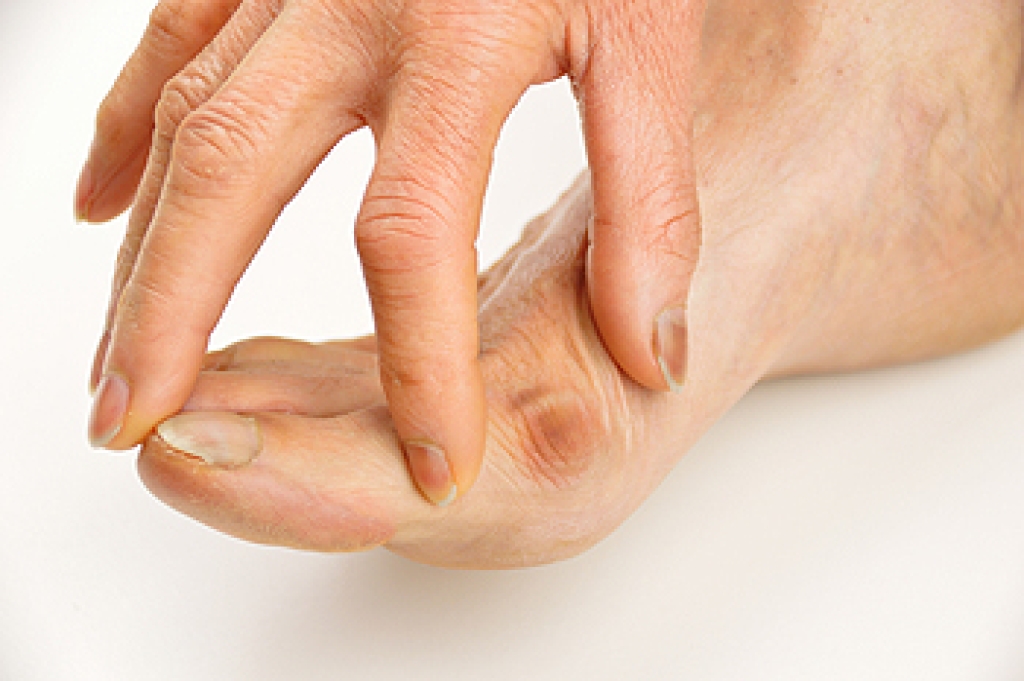
When the big toe starts to angle toward the smaller toes, a bony bump can form at its base, often leading to pain, redness, and swelling. Bunions tend to worsen over time and are commonly linked to inherited foot structure, tight shoes, or repeated stress on the forefoot. As the joint becomes irritated, even walking short distances may feel uncomfortable. Comfort-focused changes can help reduce strain and relieve pressure. Supportive shoes with roomy toe boxes, soft padding, and custom orthotics can make a noticeable difference. Applying cold packs and doing gentle toe exercises may also ease soreness. In some cases, professional treatment is needed to correct alignment or reduce inflammation. If your foot pain or joint swelling continues to interfere with daily activities, it is suggested that you consult a podiatrist for expert evaluation and a personalized care plan.
If you are suffering from bunion pain, contact Carrie Frame, DPM of West Virginia Foot & Ankle. Our doctor can provide the care you need to keep you pain-free and on your feet.
What Is a Bunion?
Bunions are painful bony bumps that usually develop on the inside of the foot at the joint of the big toe. As the deformity increases over time, it may become painful to walk and wear shoes. Women are more likely to exacerbate existing bunions since they often wear tight, narrow shoes that shift their toes together. Bunion pain can be relieved by wearing wider shoes with enough room for the toes.
Causes
- Genetics – some people inherit feet that are more prone to bunion development
- Inflammatory Conditions - rheumatoid arthritis and polio may cause bunion development
Symptoms
- Redness and inflammation
- Pain and tenderness
- Callus or corns on the bump
- Restricted motion in the big toe
In order to diagnose your bunion, your podiatrist may ask about your medical history, symptoms, and general health. Your doctor might also order an x-ray to take a closer look at your feet. Nonsurgical treatment options include orthotics, padding, icing, changes in footwear, and medication. If nonsurgical treatments don’t alleviate your bunion pain, surgery may be necessary.
If you have any questions, please feel free to contact our office located in Charleston, WV . We offer the newest diagnostic and treatment technologies for all your foot care needs.




